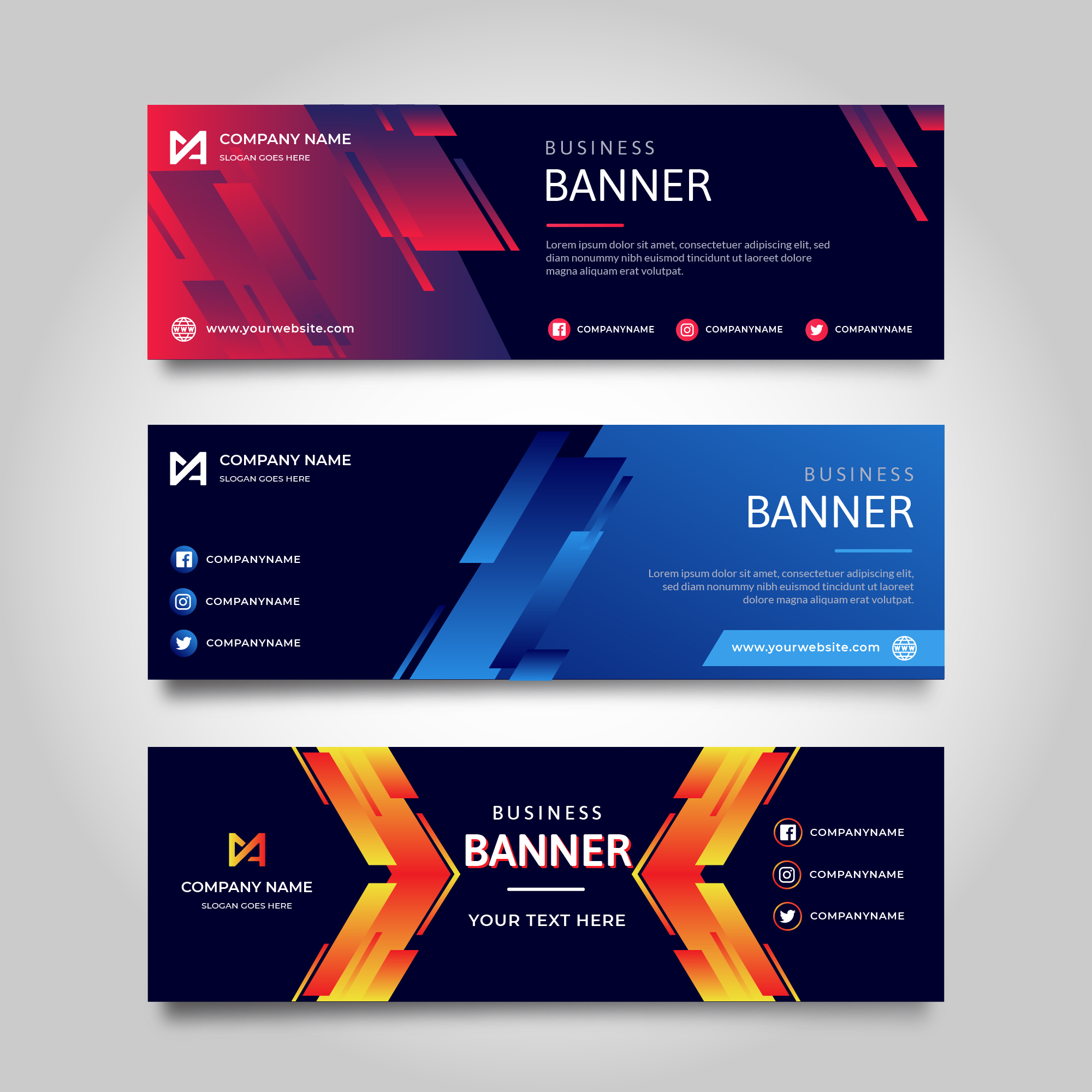

This generally involves uploading the original image to a software program, tracing each shape, and then combining them as a new file. In most cases, you will achieve the best results by manually converting raster to vectors. Ultimately, either process will allow you to take a raster file and convert image to svg (scalable vector graphic). There are two main avenues for vectorizing an image: using a software program to manually trace and convert an image or using an online vector conversion program. It will need to be scaled to multiple different sizes without losing any quality-and you can only do that with a vector. The initial concept design will be one size-but you will likely need to use that logo design in multiple ways and formats, from your website to business cards to promotional items, like pens and t-shirts. Vector images are much more versatile than raster, which makes them ideal for projects that require them to be resized or digitally manipulated. Vector images are used in many aspects of graphic design, but very commonly in branding and printing. if the colors of the input are too light, then the thin lines in the output preview might be hard to see (in this case, you can replace the output color with eg.Vector images are created using mathematical shapes to achieve smooth, clean lines, no matter how the image is resized or manipulated. for images containing shapes other than lines timeouts can occur (in this case reload page to try again) + grayscale image with non-overlapping shapes (like sketches)

+ black/white image with non-overlapping shapes (like drawings) + clipart with few colors and non-overlapping shapes The center line of shapes is calculated and vectorized to lines. The edges are the resulting lines in black color. The contour of shapes is calculated by merging all enabled colors and then vectorizing their edges. The outline of shapes is calculated and vectorized to lines. Vectorizes each layer separately and disables the fill style and only sets the stroke color to the color of the shape produces 'holes' if shapes are too small (try to increase 'blur' parameter) does not work well with photos (use 'Overlap' algorithm instead) produces larger vector files compared to 'Overlap' algorithmĮach color of the input image is vectorized to a seperate layer. produces 'holes' if shapes are too small (try to reduce colors) does not work well with photos (use 'Merged Layers' instead) + each shape has an area of at least 10px 2 See isometric view to see difference.Įach color of the input image is vectorized to a seperate layer and shape borders are calculated in a way that neighboring shapes share the same curve points to produce non-overlapping shapes. Same as 'Overlap' algorithm, but the parameter 'overlap' has value FULL, instead of HIGH. vector output quality depends of color order (try reordering color circles below) produces overlapping shapes (try 'Individual Layers' if you need non-overlapping shapes) Upper layers are combined with lower layers to create smooth overlapping shapes. Layers are stacked in the the order of the output color circles. Algorithm 'Overlap': ( default algorithm )Įach color is vectorized to a seperate layer.


 0 kommentar(er)
0 kommentar(er)
